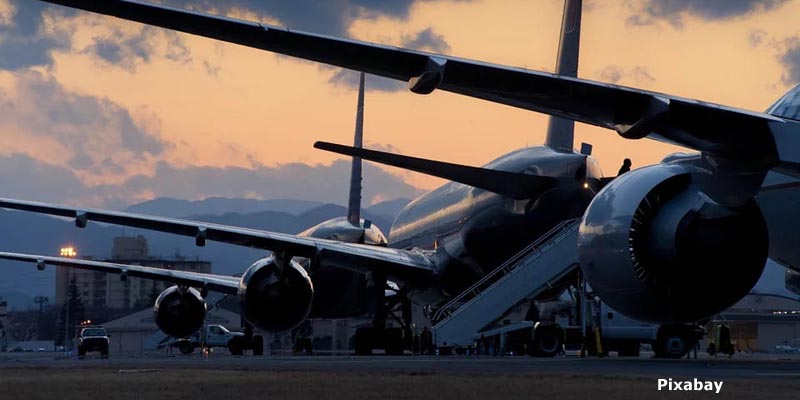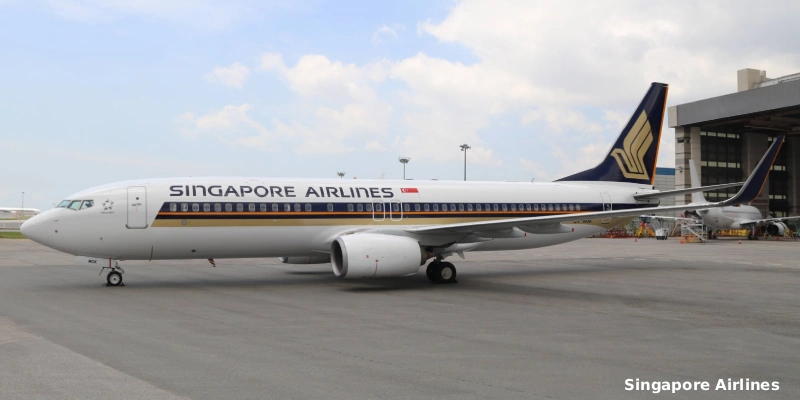The International Air Transport Association (IATA) expects a return to profitability for the global airline industry in 2023 as airlines continue to cut losses stemming from the effects of the COVID-19 pandemic to their business in 2022.
In 2023, airlines are expected to post a small net profit of $4.7 billion. It is the first profit since 2019 when industry net profits were $26.4 billion. This expected improvement comes despite growing economic uncertainties as global GDP growth slows to 1.3%.
In 2022, airline net losses are expected to be $6.9 billion. This is significantly better than losses of $42.0 billion and $137.7 billion that were realized in 2021 and 2020 respectively.
→ These were most punctual Latin American airlines in October.
“Resilience has been the hallmark for airlines in the COVID-19 crisis. As we look to 2023, the financial recovery will take shape with a first industry profit since 2019. That is a great achievement considering the scale of the financial and economic damage caused by government imposed pandemic restrictions. But a $4.7 billion profit on industry revenues of $779 billion also illustrates that there is much more ground to cover to put the global industry on a solid financial footing,” said Willie Walsh, IATA’s Director General.
“Many airlines are sufficiently profitable to attract the capital needed to drive the industry forward as it decarbonizes. But many others are struggling for a variety of reasons. These include onerous regulation, high costs, inconsistent government policies, inefficient infrastructure and a value chain where the rewards of connecting the world are not equitably distributed”.
Despite the economic uncertainties, there are plenty of reasons to be optimistic about 2023. Lower oil price inflation and continuing pent-up demand should help to keep costs in check as the strong growth trend continues. At the same time, with such thin margins, even an insignificant shift in any one of these variables has the potential to shift the balance into negative territory. Vigilance and flexibility will be key,” said Walsh.
Related Topics
Singapore Airlines Bids Farewell to Its Final Boeing 737-800 This Week
Boeing Receives FAA Authorization to Increase 737 MAX Production to 42 Aircraft per Month
Virgin Atlantic Selects Boeing to Enable High-Speed Wi-Fi Across Its 787 Fleet
Boeing Receives European Union Approval for Spirit AeroSystems Acquisition

Plataforma Informativa de Aviación Comercial con 13 años de trayectoria.




